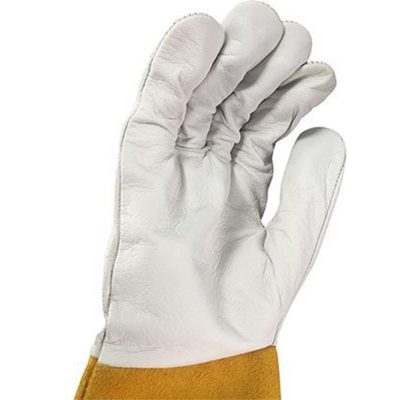When purchasing protective gloves, enterprise purchasers should first clarify the protection goals, and then select them carefully. Such as acid and alkali resistant gloves, some are resistant to strong acid (alkali), some are resistant to low concentration acid (alkali), and resistant to organic solvents and chemical reagents are different. Therefore, it cannot be used indiscriminately to prevent accidents.
There are many types of protective gloves, which should be selected according to the protective function.
1. The protection target should be clear first, and then carefully selected. Such as acid and alkali resistant gloves, some are resistant to strong acid (alkali), some are resistant to low concentration acid (alkali), and resistant to organic solvents and chemical reagents are different. Therefore, it cannot be used indiscriminately to prevent accidents.
2. Insulating gloves should be regularly tested for electrical insulation function, and those that do not meet the rules cannot be used.
3. Waterproof, acid and alkali-resistant gloves should be carefully inspected before use to check whether the appearance is damaged. If it leaks, it cannot be used.
4. Rubber, plastic and other protective gloves should be washed clean and sun-dried after use. Avoid high temperature during storage, and sprinkle talcum powder on the product to prevent sticking.
5. Touching strong oxidizing acids such as nitric acid, chromic acid, etc., will cause the product to become brittle, discolored, and damaged early due to strong oxidation. High concentrations of strong oxidizing acids may even cause burning losses, and attention should be paid to investigation.
6. Latex industrial gloves are only suitable for weak acids, sulfuric acid with low concentration and various salts, and must not touch strong oxidizing acids (nitric acid, etc.).



















